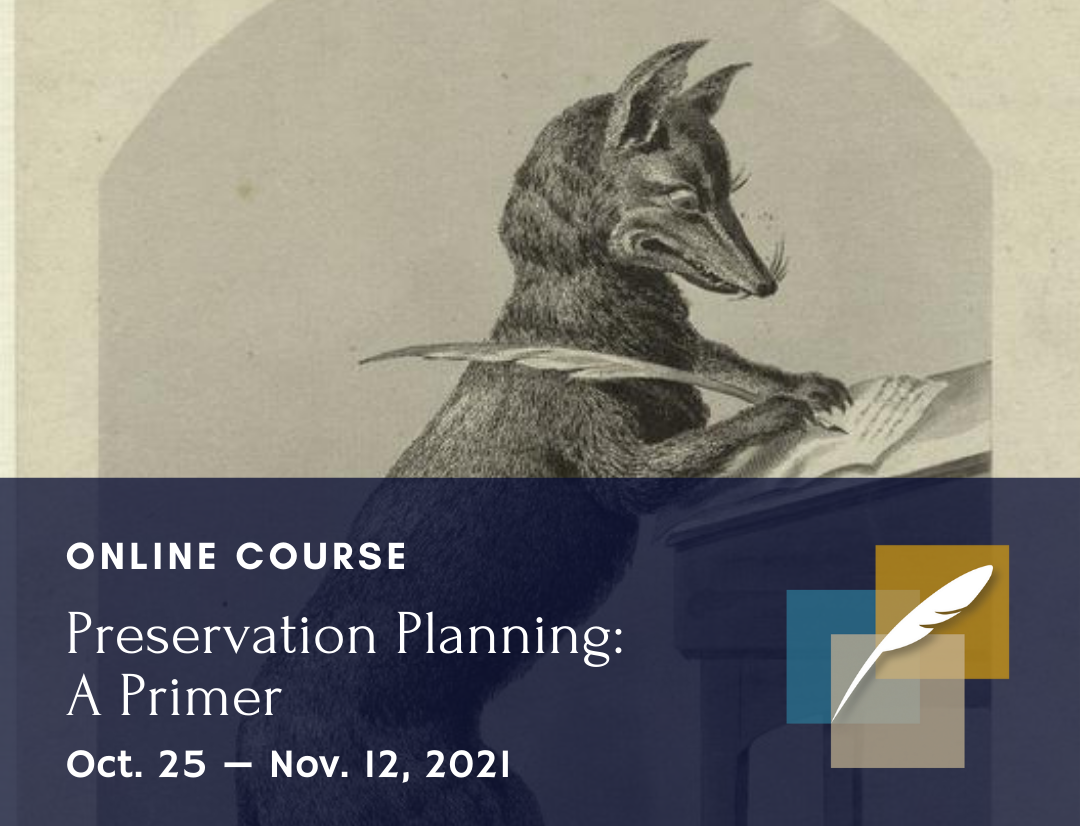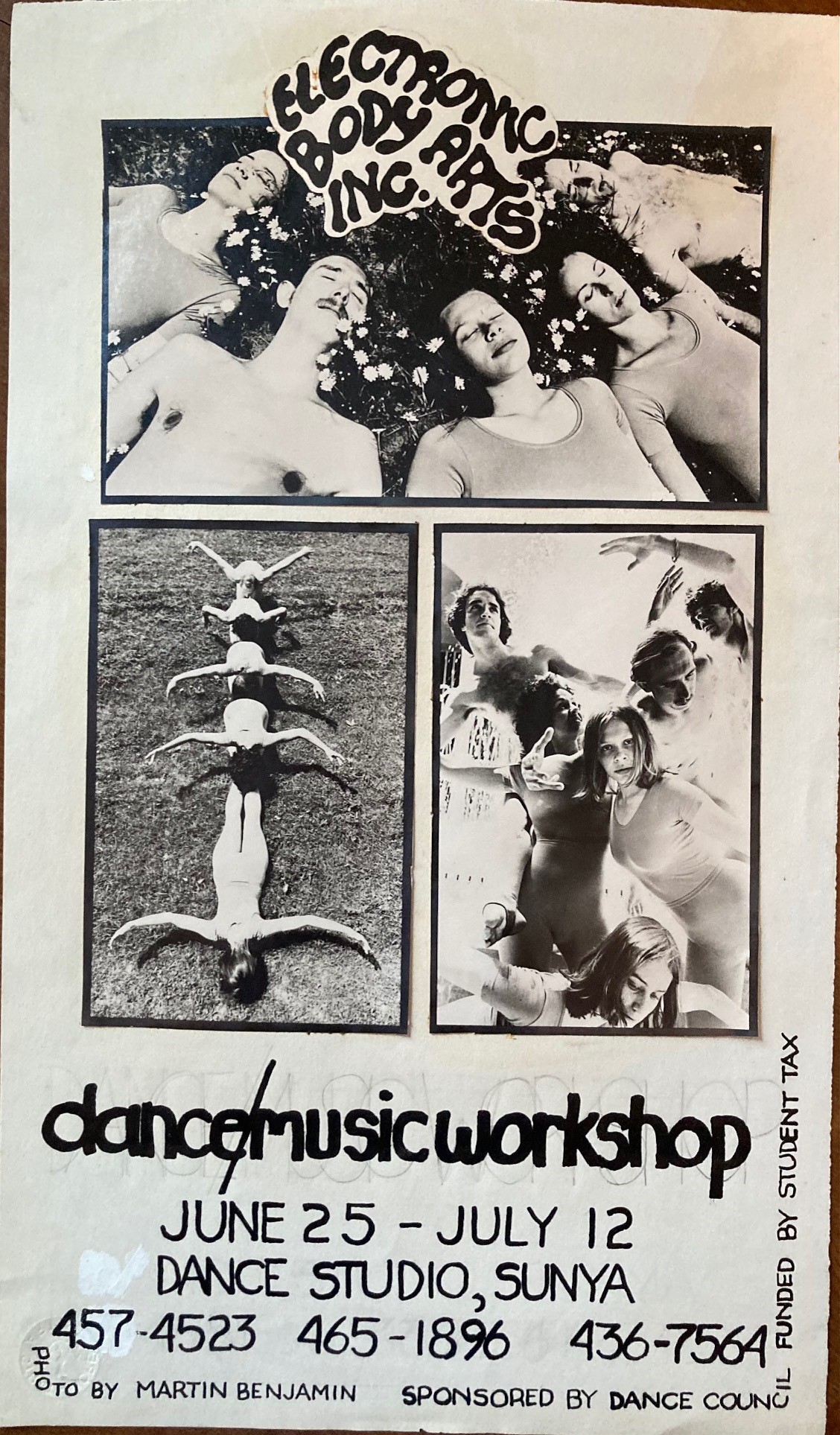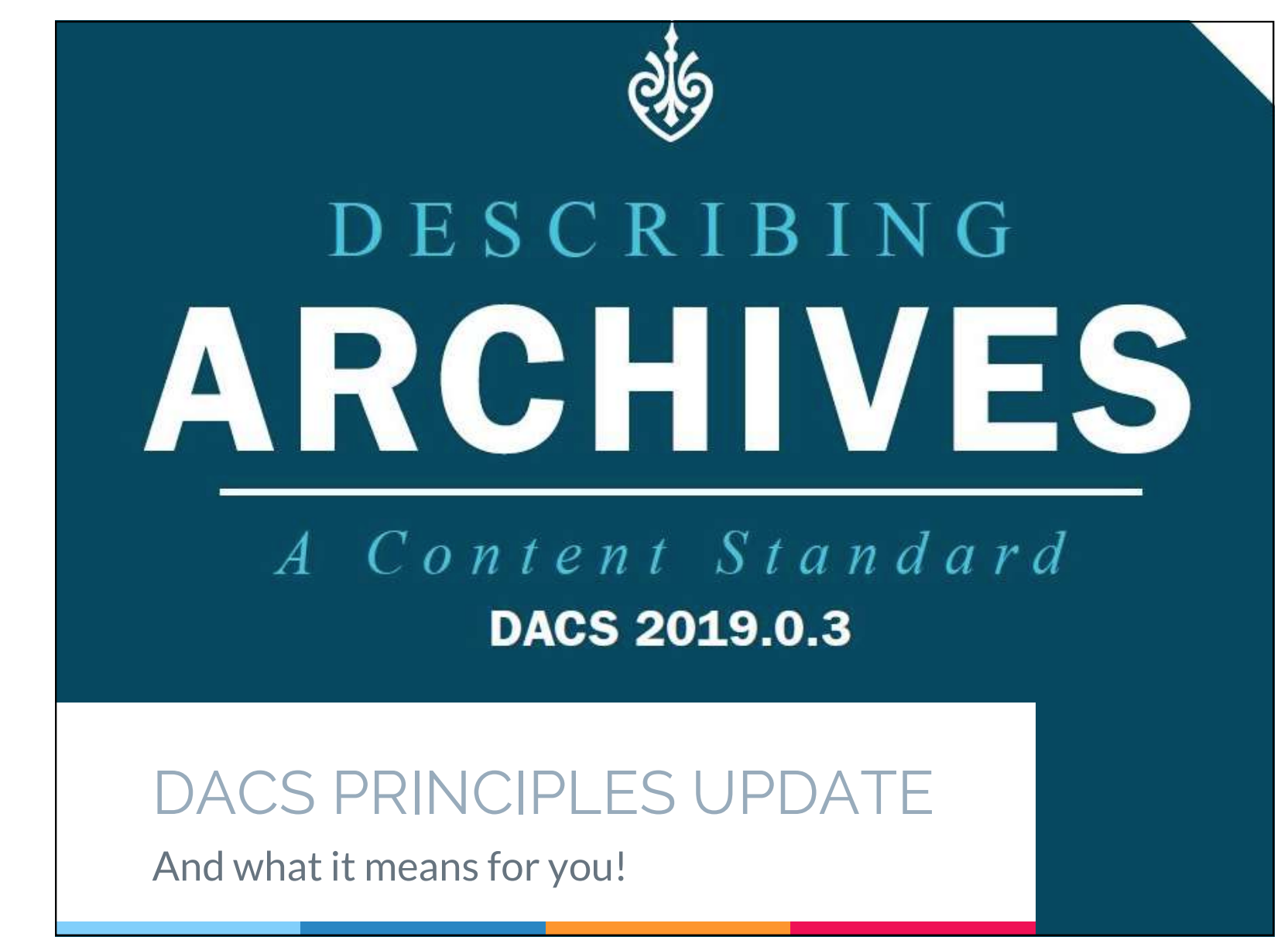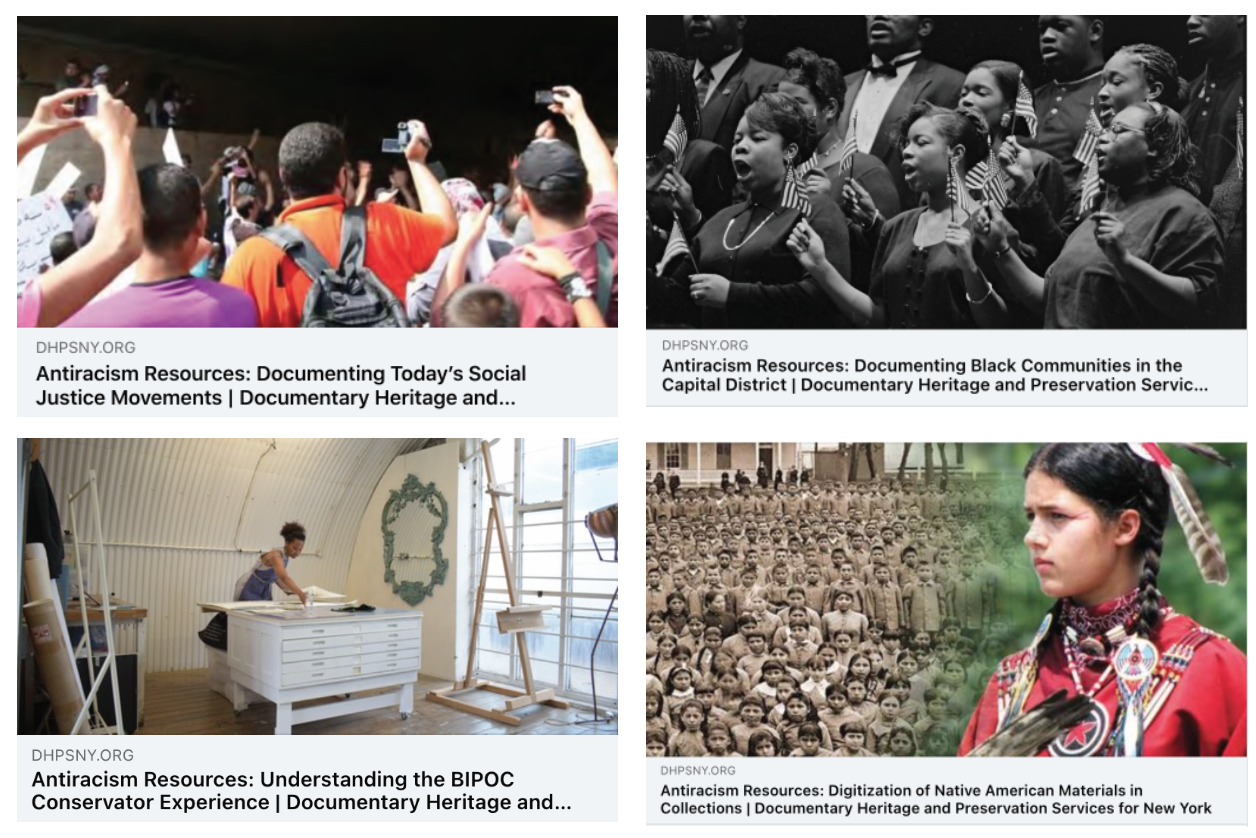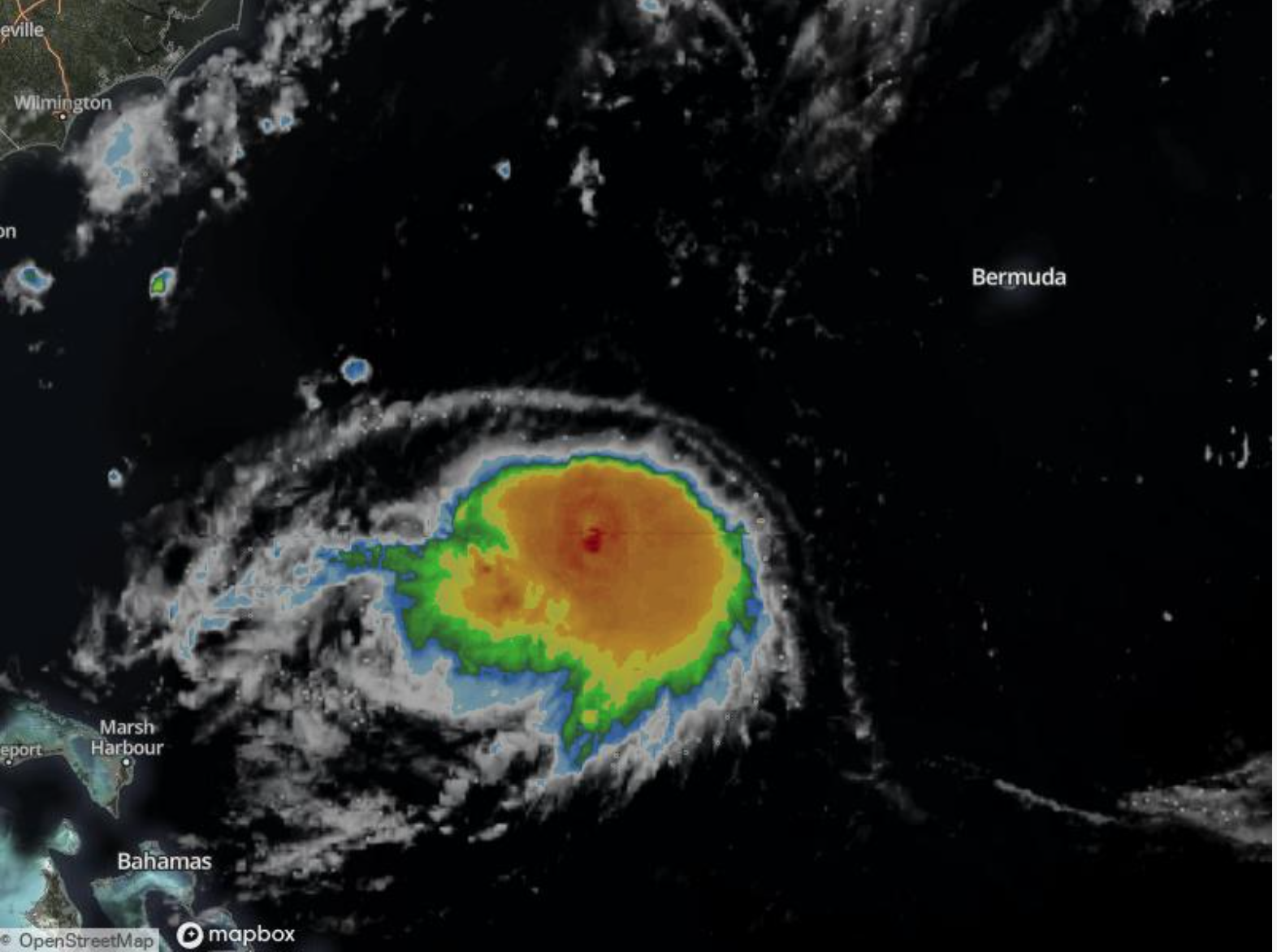To ensure equity and diversity in all areas of our work, it is important to implement equitable recruitment and hiring processes. Many cultural heritage organizations have successfully integrated new steps into their recruitment and hiring processes, and this work is ongoing. Recently, several professional organizations have provided new resources to aid in undertaking these steps.
This summer, the American Alliance of Museums (AAM) human resources department shared some of the equitable hiring practices they are…


